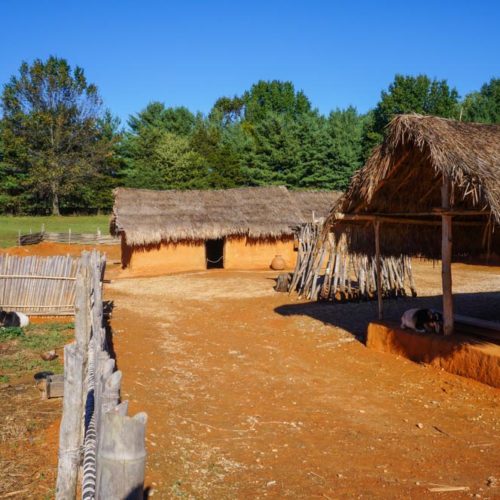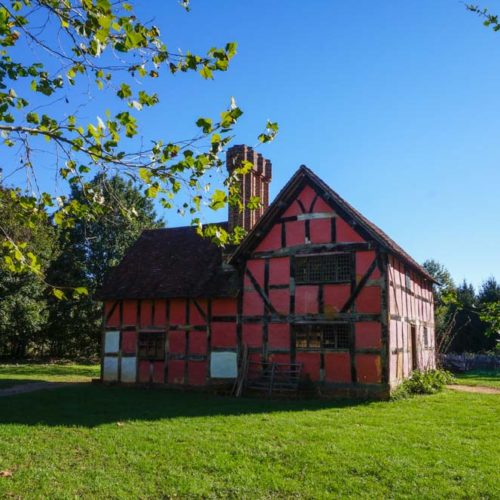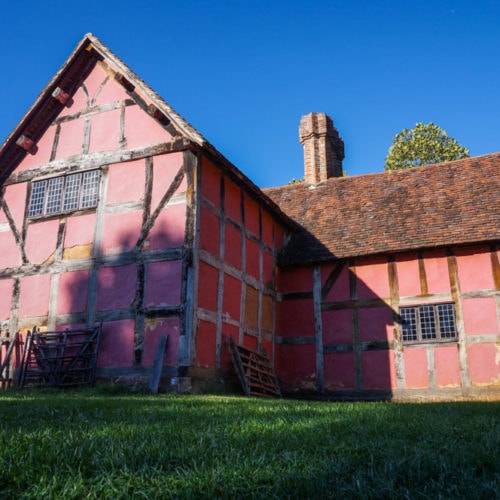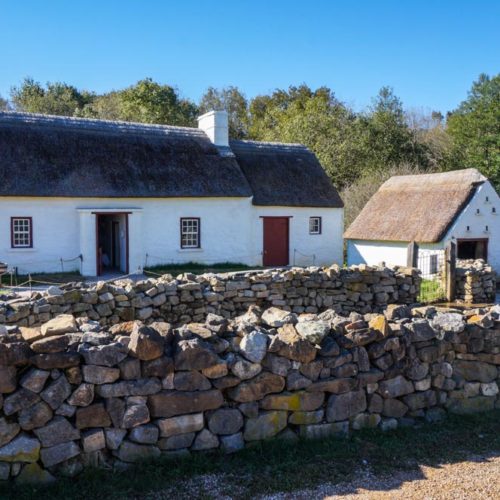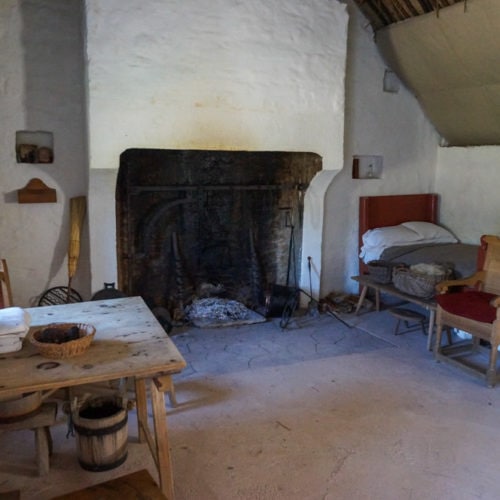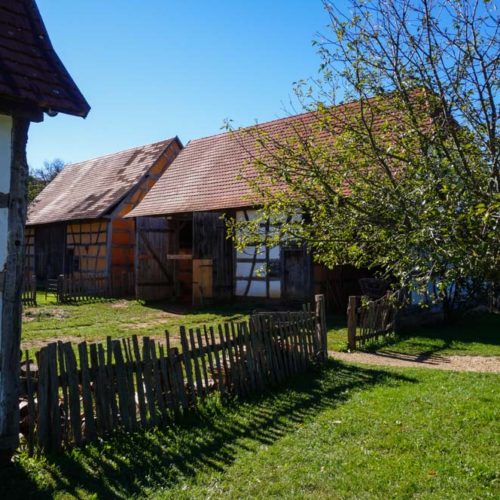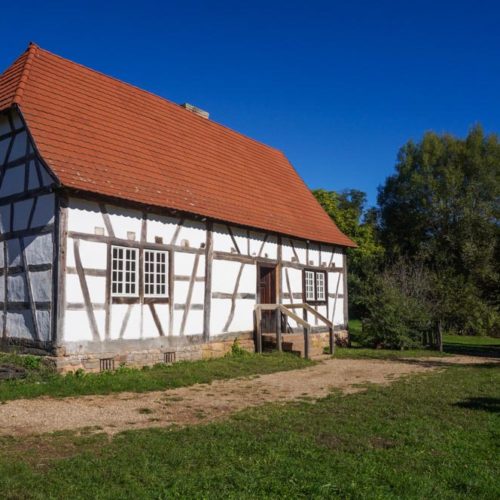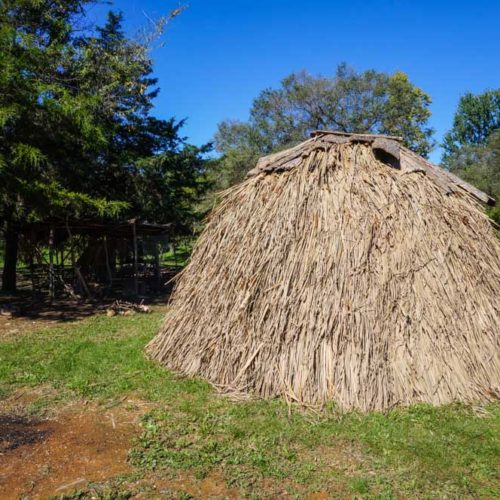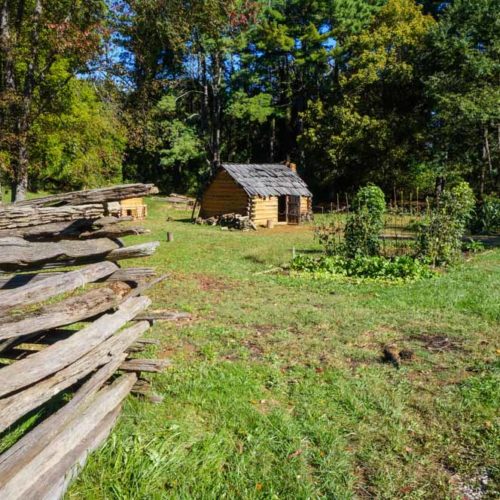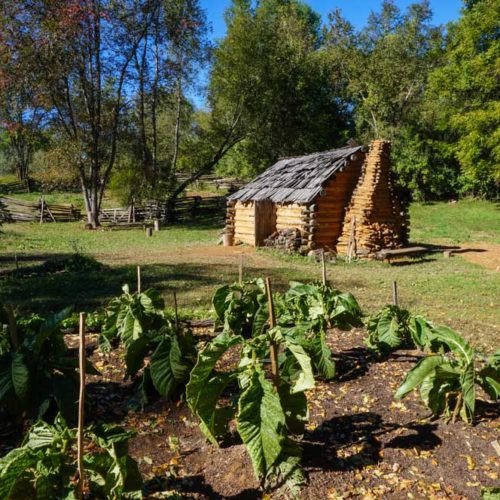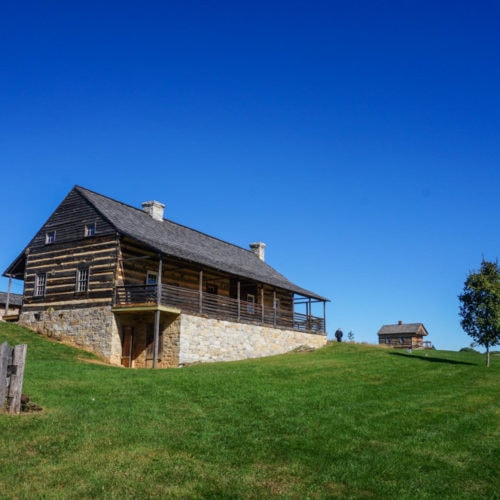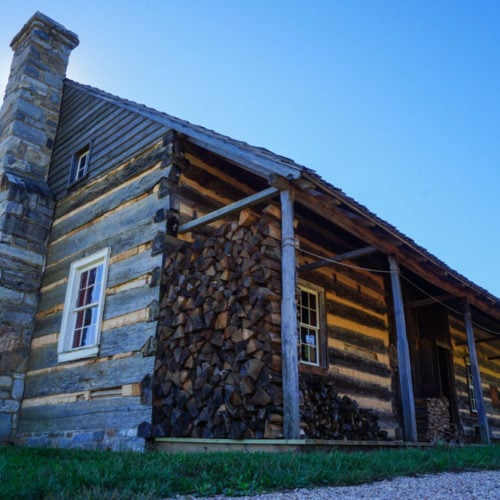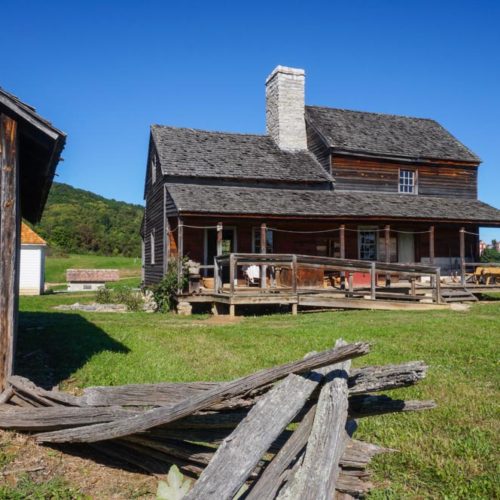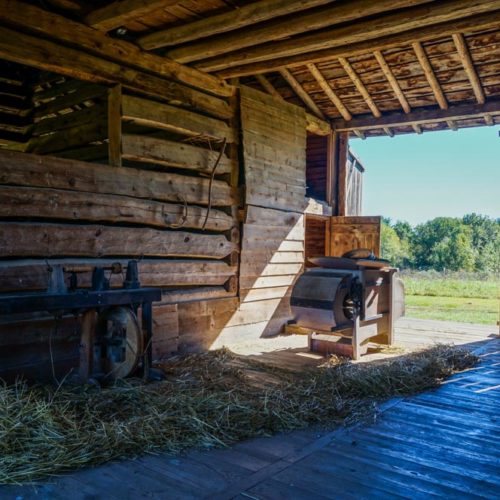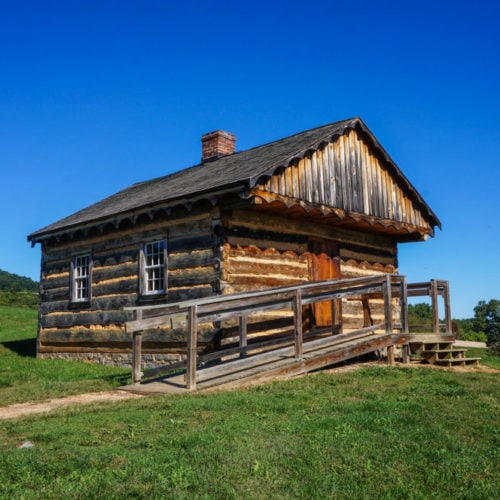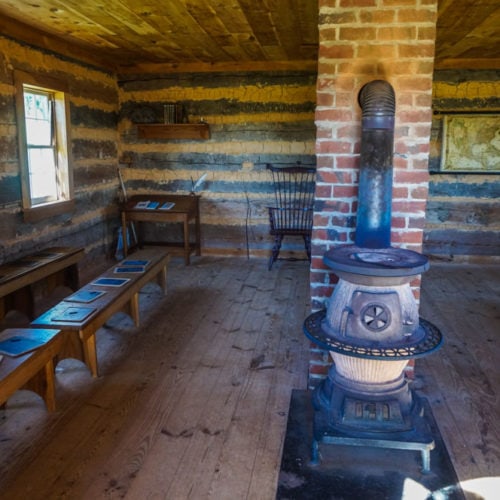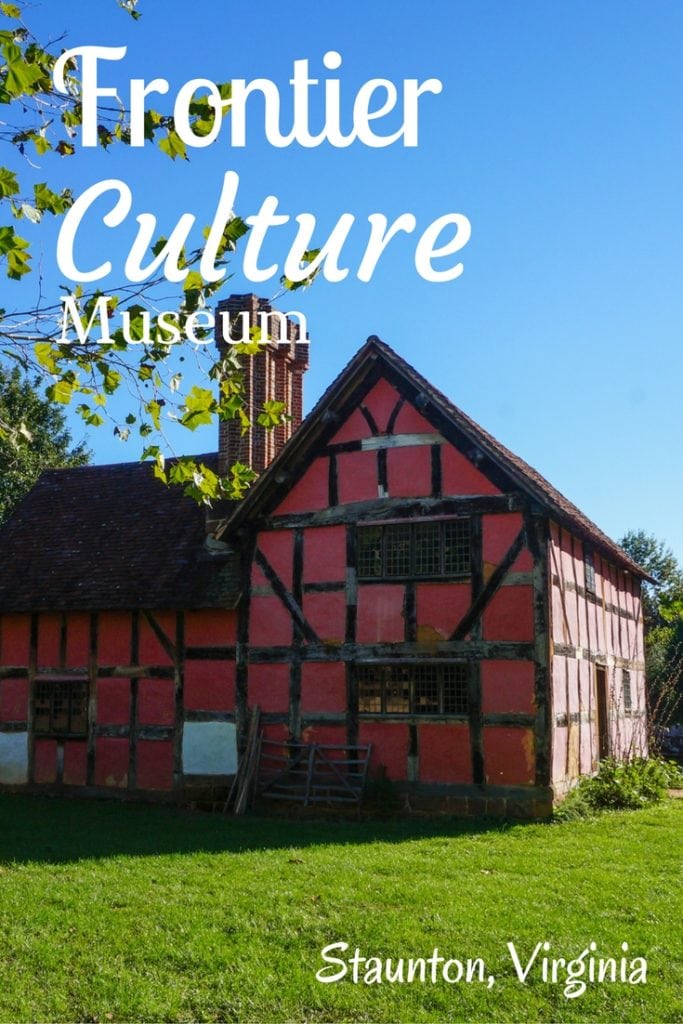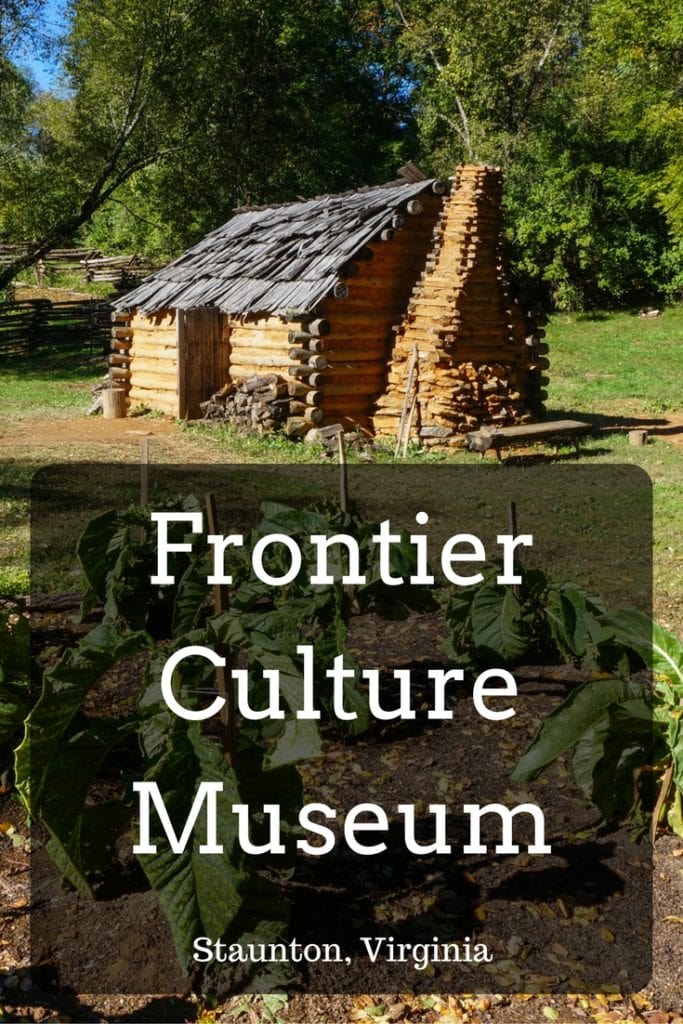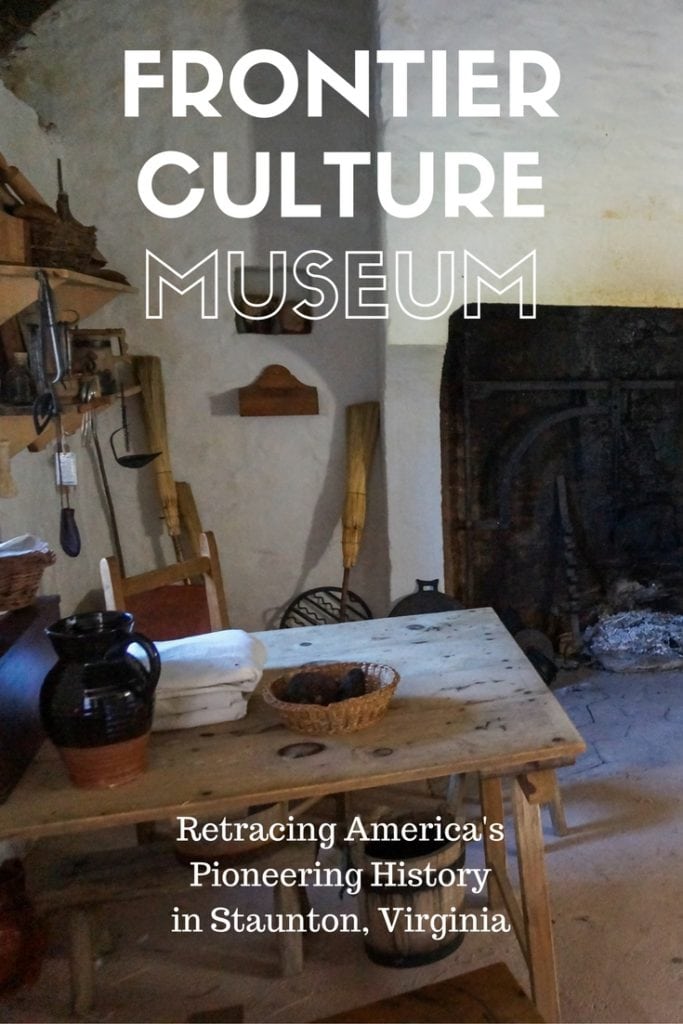Contents
In the 1700s, Virginia’s Shenandoah Valley was the westernmost frontier of the British colonies in North America.
The people—pioneers—who settled in this region brought customs and traditions from their respective home countries. First minding their own business and simply trying to make a living, later they mingled, creating a distinctive, new folk culture. The Frontier Culture Museum in Staunton, Virginia features this fascinating pioneering history.
That mix of cultural influences was responsible for a number of innovations, not in the least in music. The Blue Ridge Mountains are, for instance, the birthplace of new music genres such as bluegrass and country.
One of the best places in America to really experience this American frontier culture is the Frontier Culture Museum in Staunton, Virginia. Located in the heart of the Shenandoah Valley, a short drive from the Blue Ridge Mountains, this historic town is the perfect setting for this open-air history museum.
The Frontier Culture Museum tells the story of the evolution of culture in this particular region in America, from the 1600s through the mid-1800s. Its superb exhibits offer living snapshots of what frontier life was like during various periods in the history of the United States.
This is the place to see—in real life—the various origins of the distinct American culture many of us nowadays take for granted.
The very first, new American culture was a vibrant mix of influences from three continents—Europe, Africa and North America. It was the first time in the history of the world that a brand new culture emerged and thrived as the result of a merge between cultures from multiple continents.
Staunton’s Frontier Culture Museum Is Where You Can Retrace That History.
This open-air museum features ten historic exhibits from all three continents. Pleasant walking trails link them all together. You can explore the exhibits as you please, but it’s recommended to do it in chronological order.
Important note: These exhibits include buildings that were transported to the museum from their respective countries. In other words, they are actual, real buildings—not some recreation. This is what sets this living history museum apart from many others. It’s not a fake, purpose-built museum. Used by real people centuries ago, everything is authentic. Realizing this only enhances your experience.
Starting at the beginning of the colonization of America, the tour ends in the mid-19th-century United States with the evolution of pioneering life shown in between.
At many exhibits, you’ll find guides dressed in traditional clothing relevant to the appropriate time period and country. They are able to offer deeper insights into life in rural areas in Europe or on the American frontier.
The Old World
The exhibits in the Old World section of the Frontier Culture Museum in Staunton demonstrate the various origins of the frontier culture in America. It includes farms and villages from West Africa and Western Europe.
1700s West African Farm
We all know how the people from West Africa ended up in North America. The first of them were brought to Virginia, the first British colony in North America, as early as 1619. Many thousands more were “imported” over the following decades to work on plantations and farms, and in mines and households. These people made undeniably important contributions to what would become a distinctively American culture.
This 1700s West African Farm displays the dwellings of an Igbo family in West Africa, in what is now the country of Nigeria.
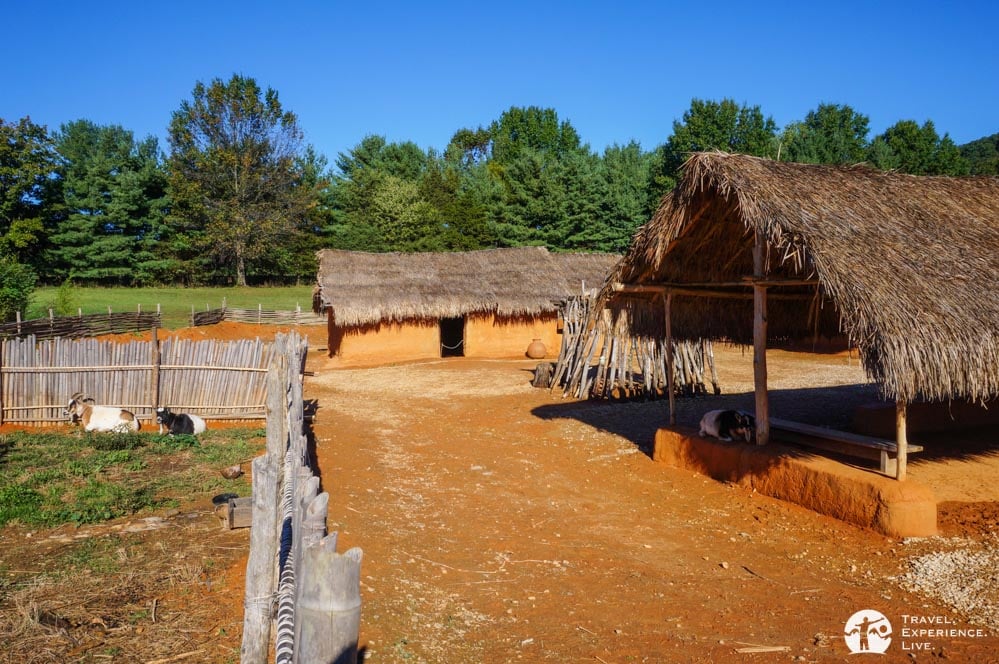
1700s West African Farm
1600s English Farm
Great Britain established most of the colonies that would later become the United States. British—mostly English—people populated those colonies and brought their specific traditions and beliefs with them.
It was these men and women who contributed to the expansion of the colonies’ territories. They slowly made their way into unknown lands, while doing so establishing cultural and political institutions along the frontier.
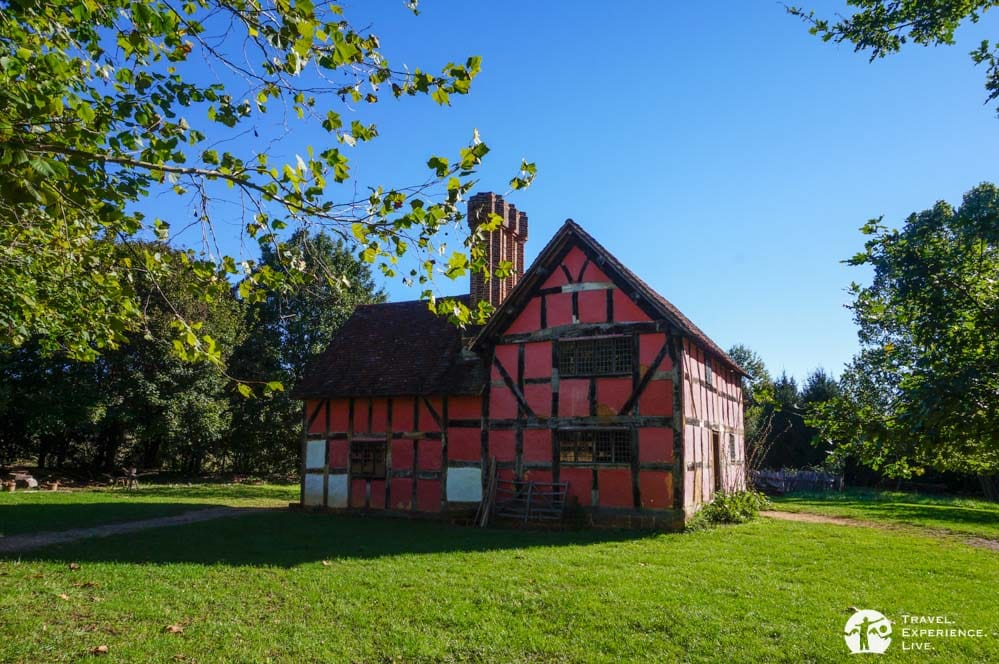
1600s English Farm
The second exhibit at the Frontier Culture Museum is a 1600s English Farm. This beautiful building showcases what life was like for a yeoman in the English West Midlands in the 17th century.
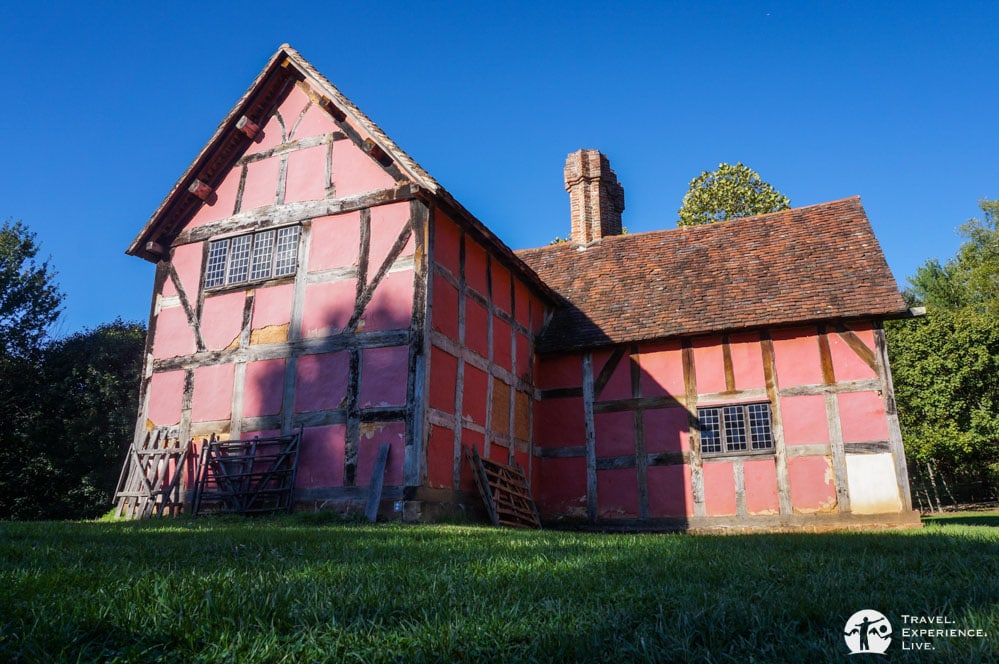
English Farmstead from the 17th century
1700s Irish Forge and Irish Farm
The 1700s Irish Forge is an example of a blacksmith shop in rural Ulster, modern-day Northern Ireland, in the 18th century. It still works. This exhibit is significant because it touches upon the lack of skilled craftsmen in the North American colonies at the time.
Especially colonies with close, probably commercial, ties to Ulster were able to convince skilled craftsmen such as blacksmiths to move to America. The shortage of skilled workers, of course, increased the money skilled craftsmen could potentially make.
So, the first Irish who traveled to America didn’t do so because they were poor or starved—as would be the case later on—but because they were actually asked to go there.
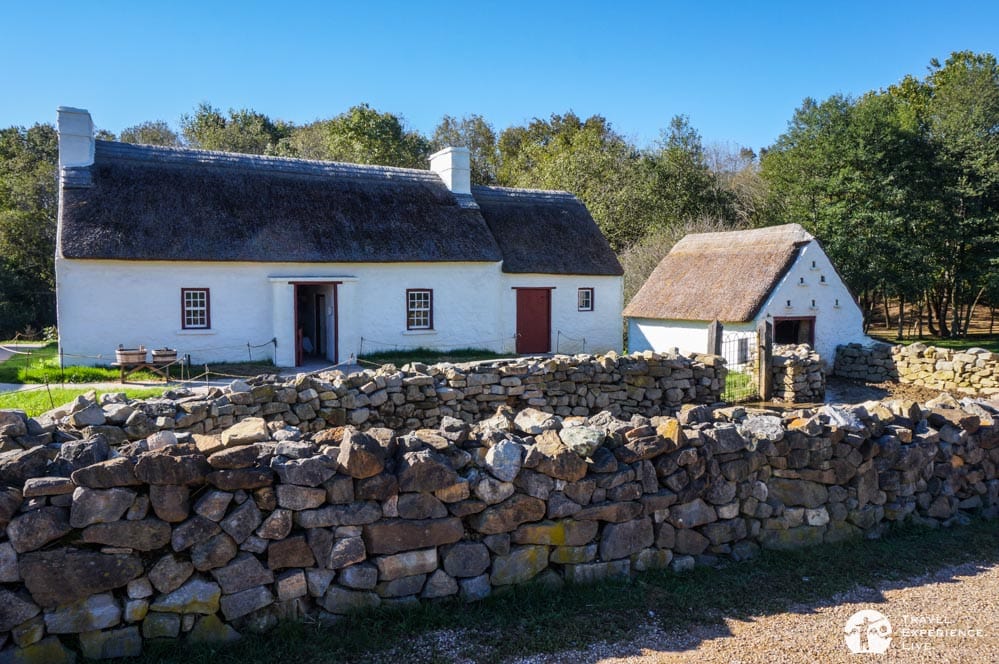
1700s Irish Farm
The 1700s Irish Farm shows life in a farm in Ulster in the same time period. This particular one is a farm that belonged to Presbyterian dissenters of Scottish descent.
Those people moved to America because the British and colonial governments encouraged the migration of British protestants. Thousands of northern Irish protestants emigrated to America in the 18th century, often settling on the frontier.
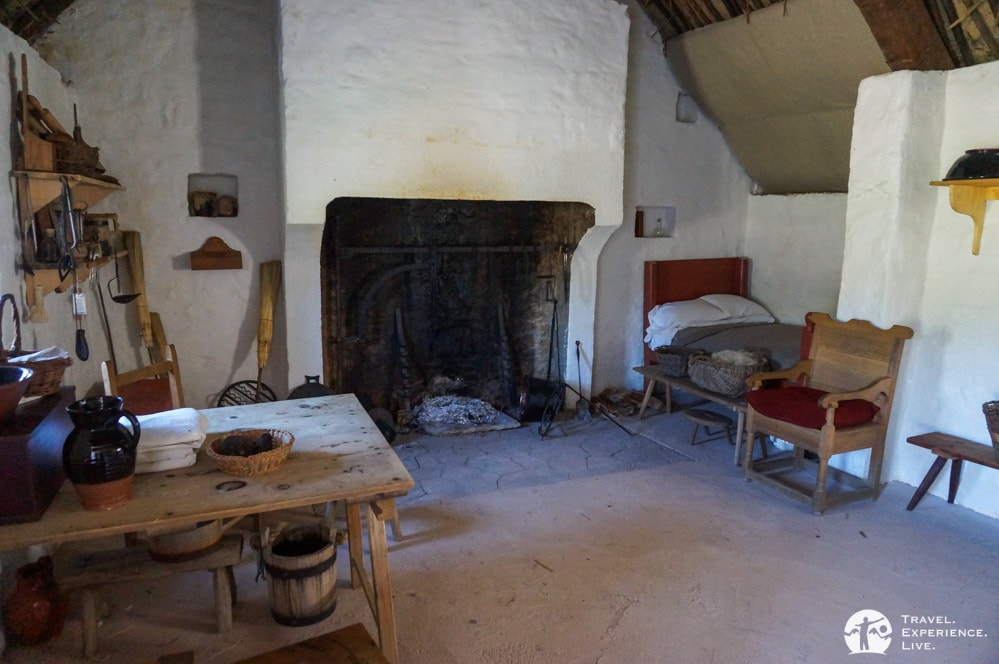
Interior of the Irish Farm
1700s German Farm
Protestants from Germany, then the Holy Roman Empire and a collection of literally hundreds of small nations, too, migrated to America by the thousands in the 1700s. The favorable policies of the British government and the American colonies attracted them to a new life in North America—much like they did the Irish protestants.
These German-speaking protestants also settled on the frontier, often after having arrived in Philadelphia and moving inland. They, of course, brought their own customs and traditions with them, which would greatly contribute to the future American culture.
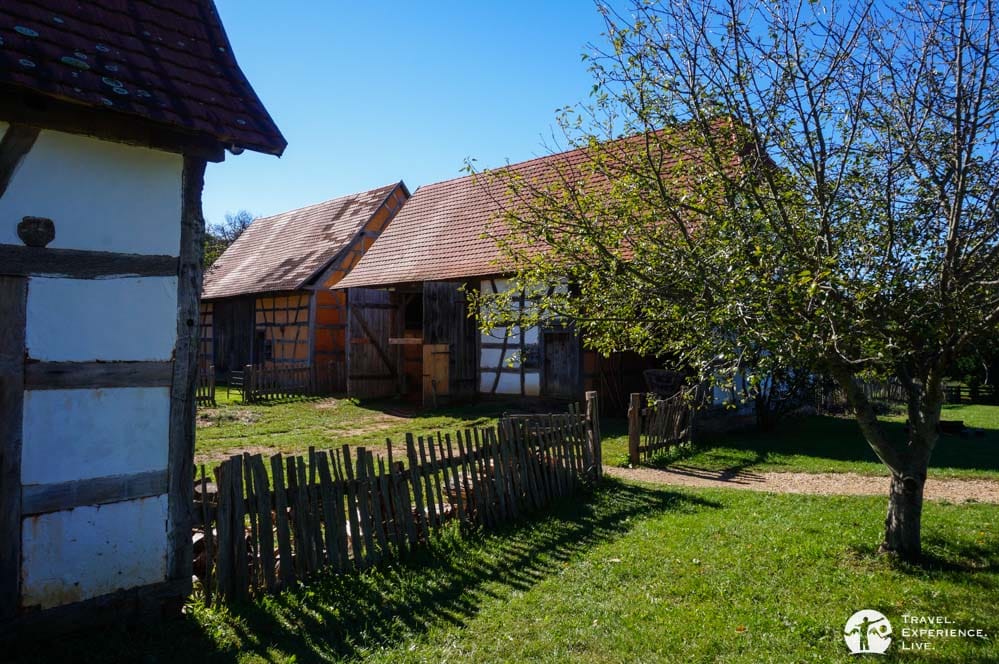
1700s German Farm
This German Farm consists of a few buildings and provides a look into the life in a tiny farming community in the Rhineland in the 18th century.
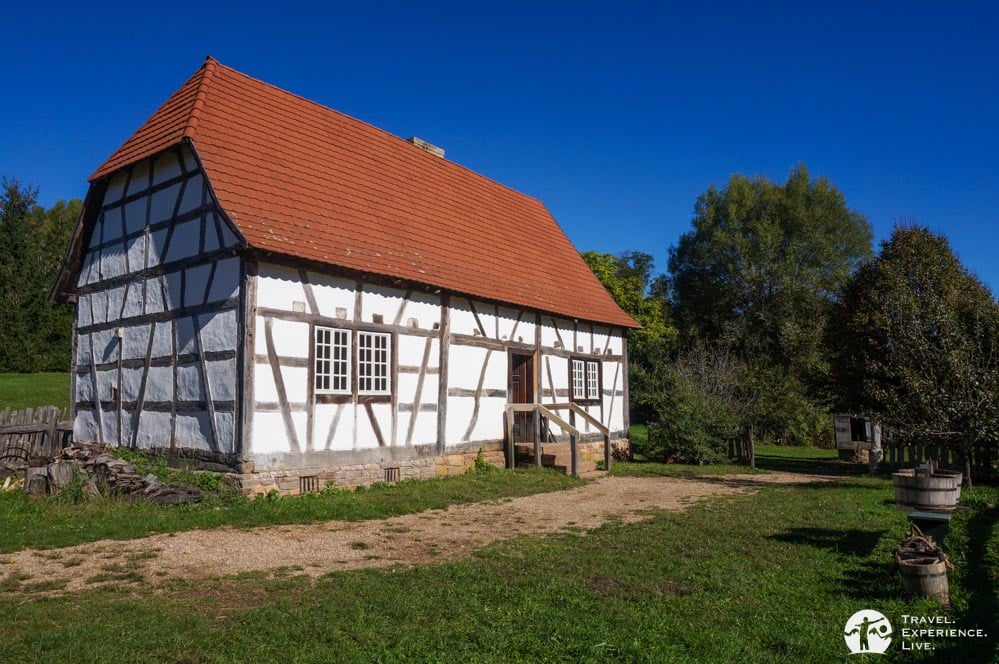
Main building on the German Farm
The New World
The New World exhibits at Staunton’s Frontier Culture Museum display how the different Old World cultures, as well as the Native American culture, influenced and contributed to the American frontier culture. When they began to merge, they produced a new and distinct American culture, the birth of the culture that we know today.
1700s Ganatastwi
The United States owes its very existence to the hospitality, cooperation, knowledge and generosity of the Native Americans who lived in the woods and mountains, and on the river banks and coasts of the East Coast. Without them, the British colonists would never have been able to get a foothold on the continent.
This Ganatastwi, Onondaga Iroquois for “small village”, from the 1700s exhibits how these native people probably lived. The village would have been located just outside a colonial settlement.
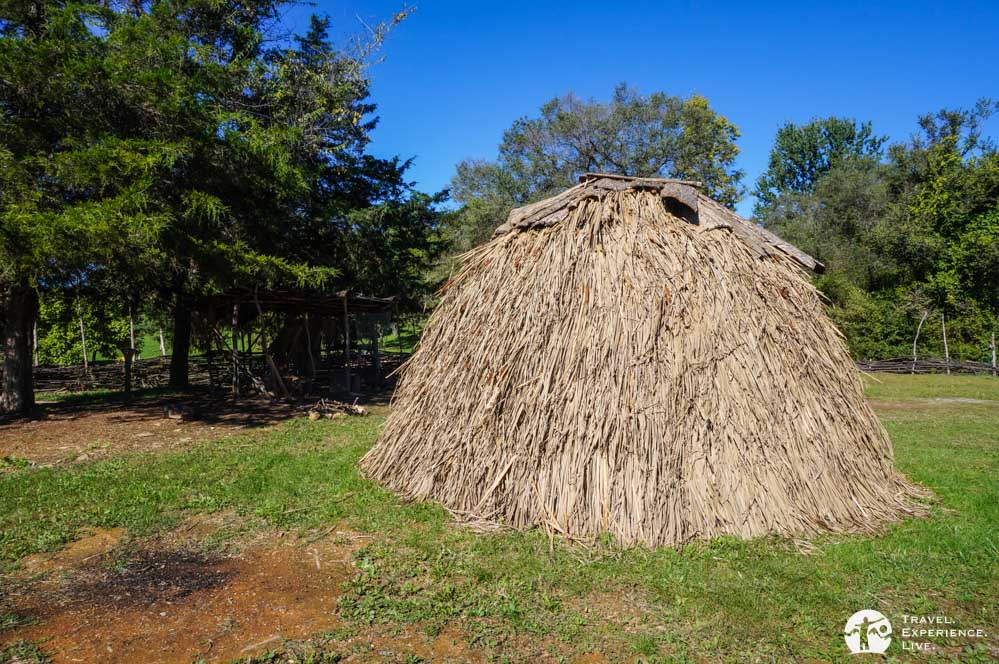
1700s Ganatastwi
1740s American Farm
By the mid-18th century, some colonies had begun expanding over the Blue Ridge Mountains and into what was called the Great Appalachian Valley. The expansion was led by frontiersmen who were most likely born in America and the descendants of the earlier immigrants from Ireland, England, Germany and Africa.
They came into contact with each other and with the Native Americans who, of course, already lived there. Their encounters and possible cultural exchanges planted the first seeds of an emerging American frontier culture.
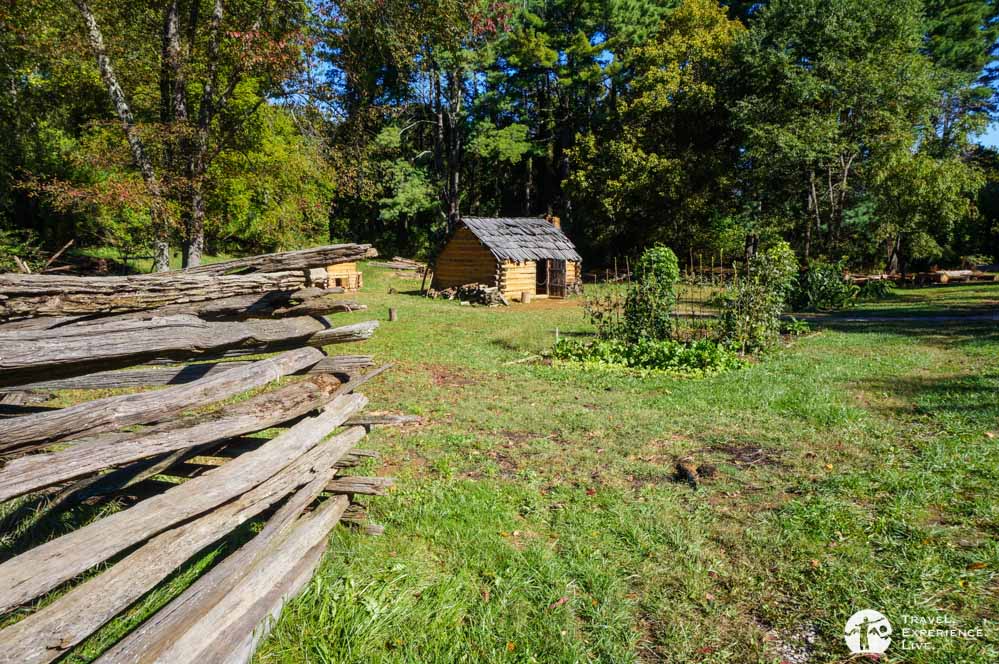
1740s American Farm
The Frontier Culture Museum’s 1740s American Farm is a humble structure. Built by a settler who had arrived in the Valley either on foot or on horseback and surrounded by a small garden, this basic farm shows how tough life on the westernmost frontier of the British Empire must have been in the mid-1700s.
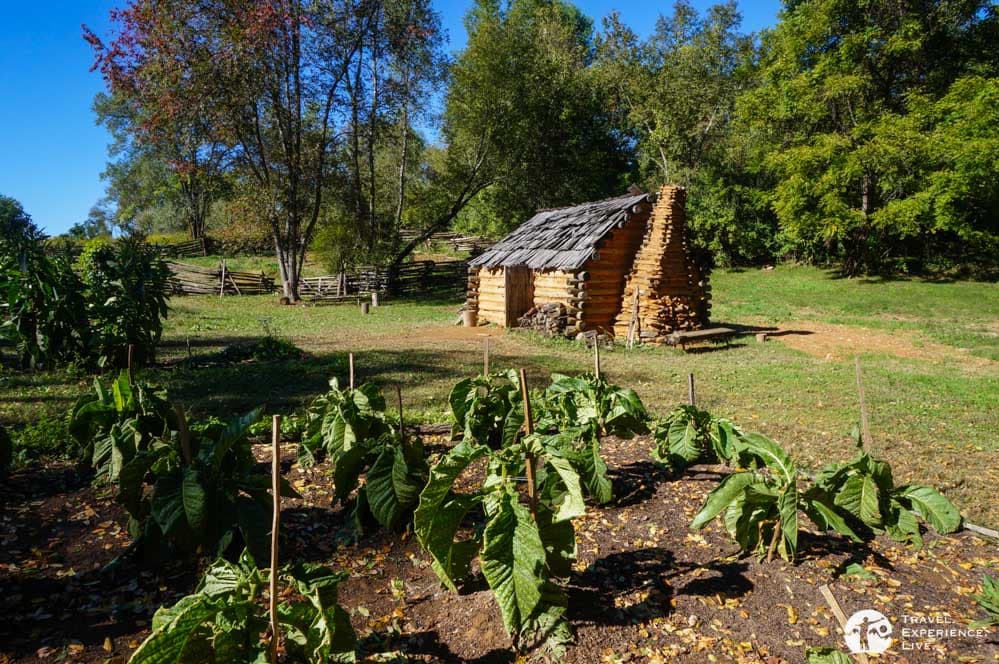
Small garden next to the 18th-century American Farm
1820s American Farm
By the beginning of the 1800s, life in the Shenandoah Valley had changed dramatically. Now, people no longer lived in Great Britain but in the United States. With the Louisiana Purchase by Thomas Jefferson, the region was no longer a frontier. Rather, it became a starting point for expeditions into the American heartland.
In the 1820s, the descendants of the first colonial settlers of the former frontier were exporting their culture into territories beyond the Mississippi River. They drove the Native Americans before them as their westward movement continued. These new pioneers came across many other native cultures as well as new geographical and environmental challenges.
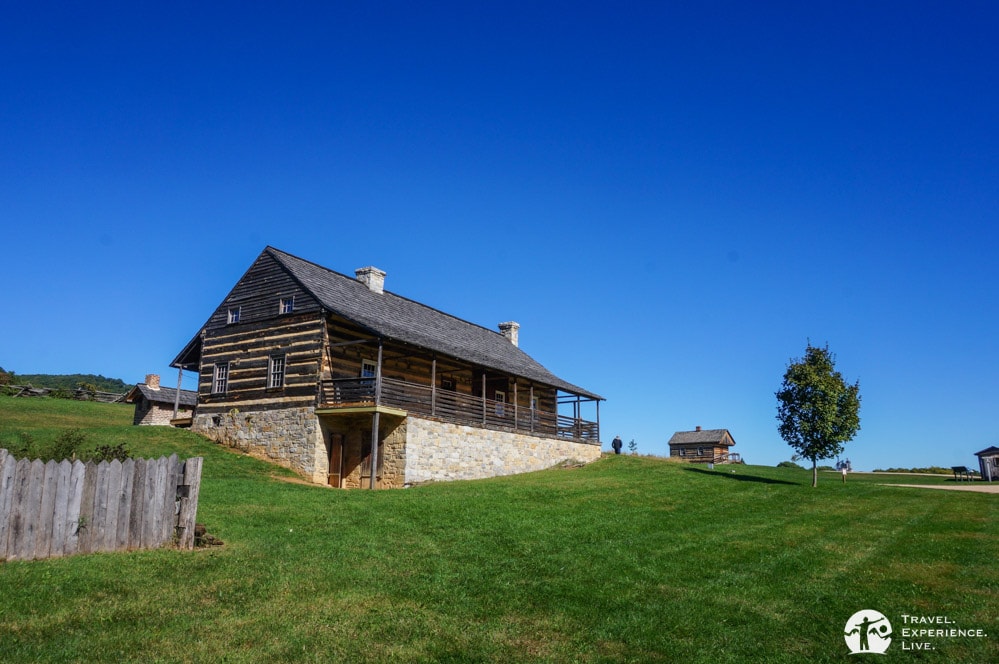
1820s American Farm
The 1820s American Farm at the Frontier Culture Museum is what a farmstead on the old frontier looked like. As you can clearly see, it is a lot larger and more sophisticated than the one from 1740, when the frontier was first settled.
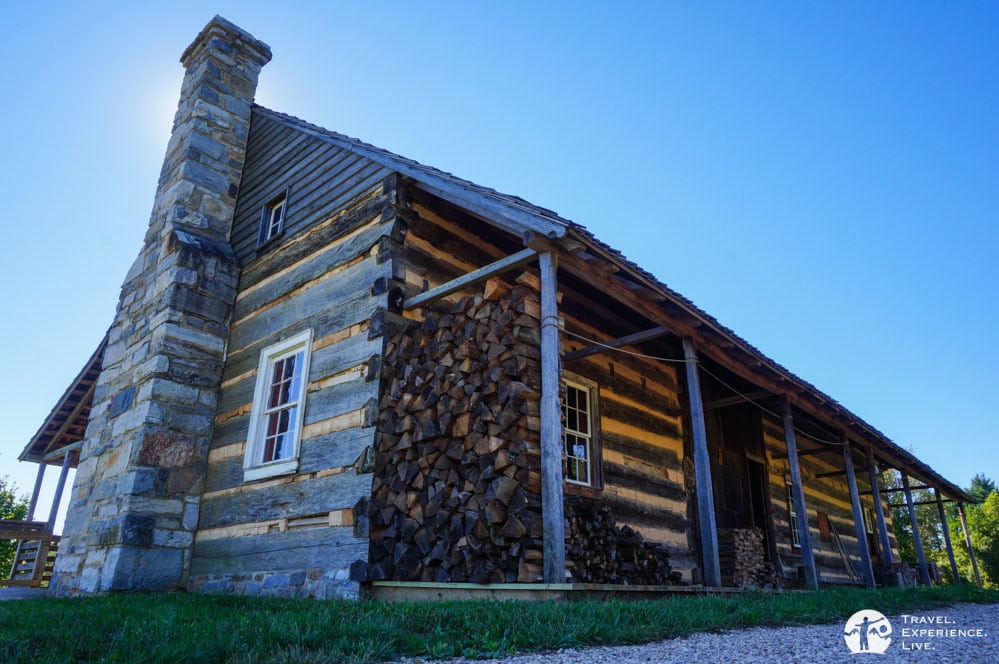
Back porch of the early-19th-century American Farm
1850s American Farm
By the mid-19th century, the pioneers had reached the coasts of the Pacific Northwest. The United States had gained an almost unimaginably vast area. The people who settled the new territories were typically American citizens and (still) enslaved African Americans. They were accompanied by some new immigrants as well, who came in waves from, again, Ireland and the German countries.
Along with the westward expansion of the United States, the Native Americans who used to live on the East Coast were displaced. These people, including the Cherokee, Shawnee and Lenape, had to settle in areas—reserves—designated for them by the American government.
Slavery was widespread and common in the Eastern states. Its spread into the new territories, however, started to become a major topic of discussion. It became the most significant political issue in the mid-1800s and would eventually lead to the Civil War.
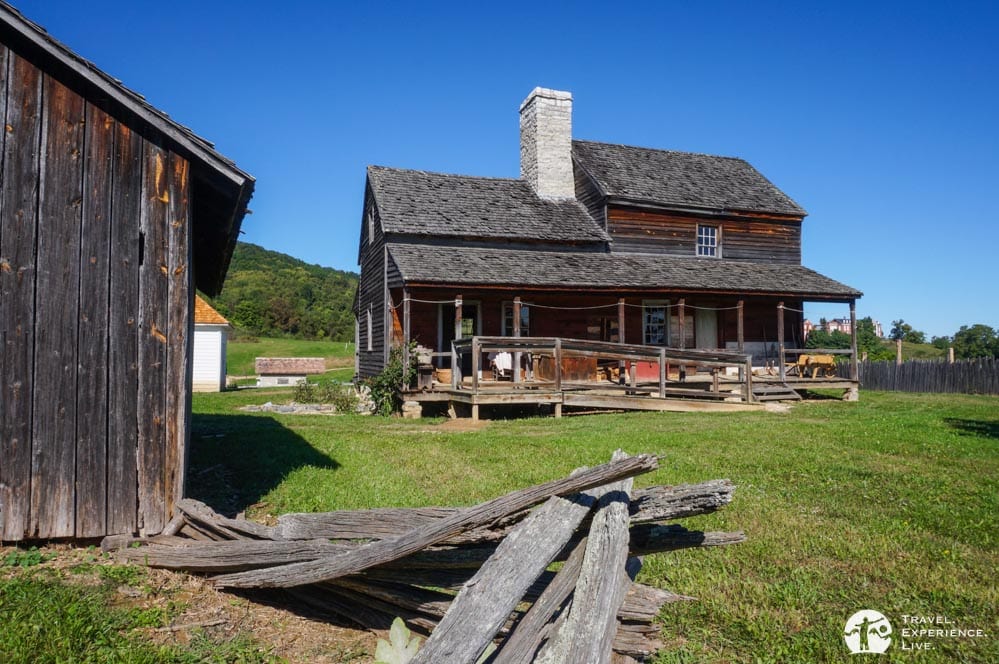
1850s American Farm
The 1850s American Farm exhibits life on a farmstead on the old frontier in a time characterized by overwhelming change in this rapidly expanding nation. This was arguably the most politically, economically and socially turbulent period in the history of the United States.
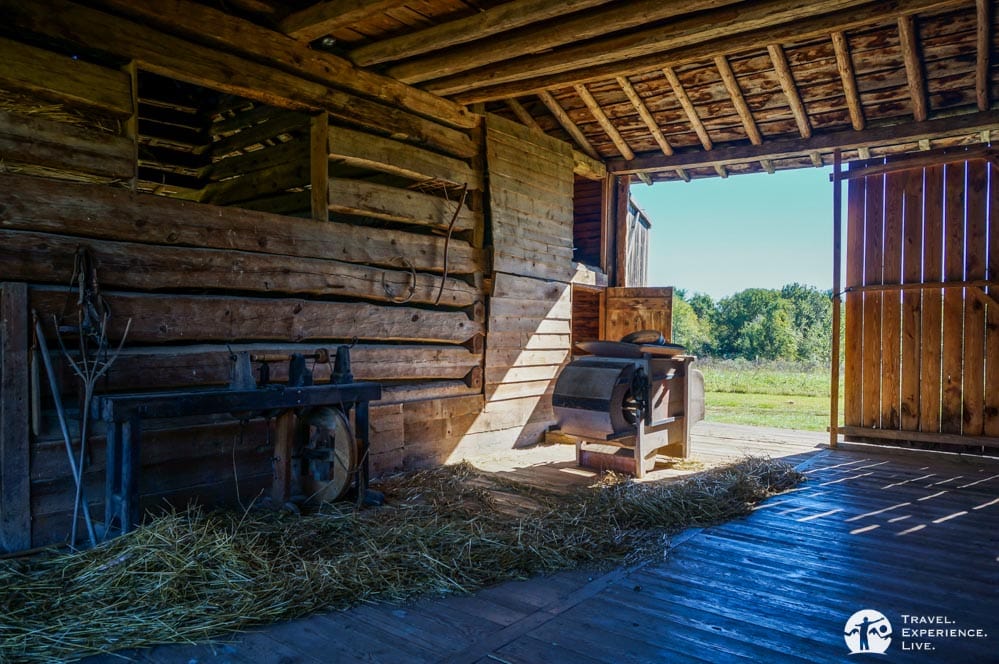
Barn at the mid-19th-century American Farm
Early American School House
The Early American School House at the Frontier Culture Museum is an authentic rural school house. It was in use from 1820 to 1850. With the exception of a few states, schooling was neither state-organized nor state-funded before the 1870s. The vast majority of Americans had access to irregularly available education at best.
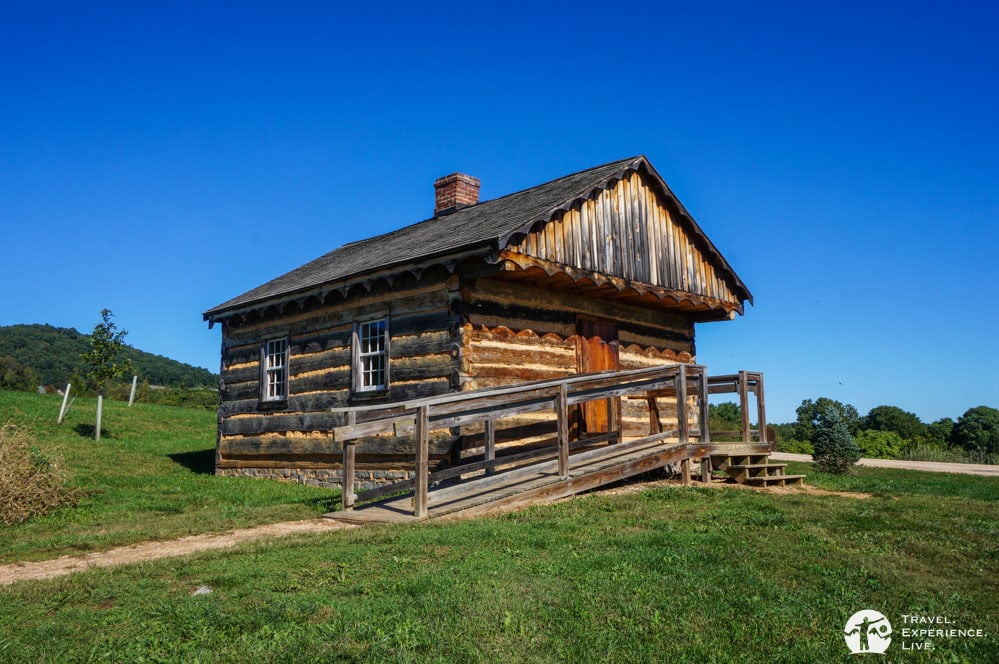
Early American School House
Inhabitants of many rural communities took matters in their own hands. All contributing, they were able to build school houses and hire a teacher. These types of schools were open as long as there was a teacher. Children attended after they had finished their work at home or at the farm.
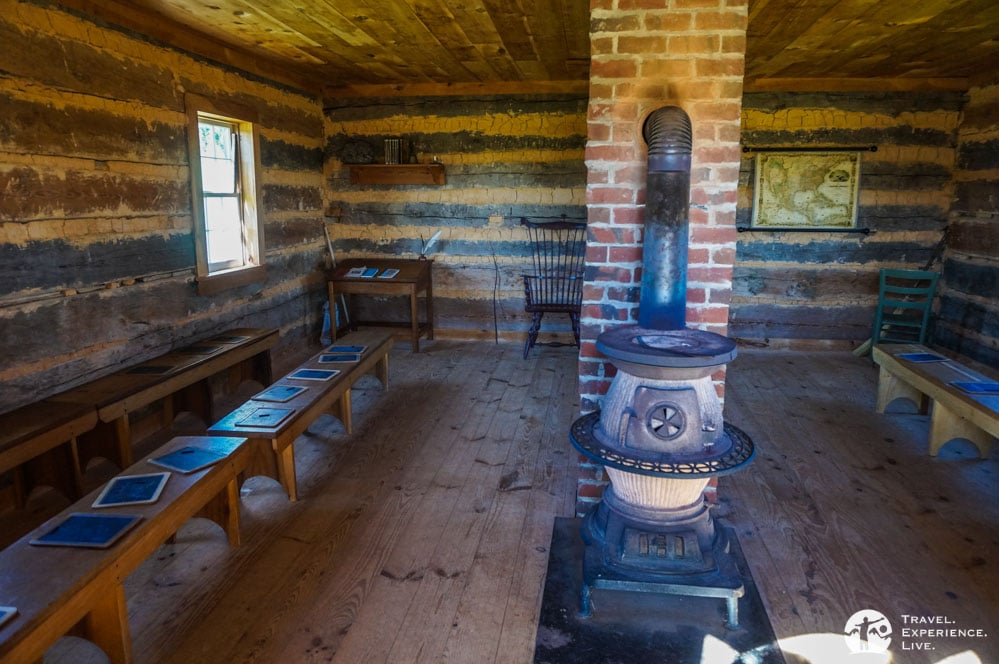
Interior of the Early American School House
The Frontier Culture Museum in Staunton, Virginia is one of the best places to learn about pioneering history in the United States. It’s a fantastic open-air museum, one of the best I’ve personally ever been to.
If American history already interests you, you’ll have a blast exploring the exhibits. If it doesn’t, you’ll be surprised how interesting it actually is. The main feature of the museum, the living exhibits with actual people, makes everything incredibly accessible.
Visiting the Frontier Culture Museum
Address
1290 Richmond Road
Staunton, Virginia 24401
Website
Opening times
March 14 – November 30: 9 am – 5pm
December 1 – March 13: 10 am – 4 pm
Admission
Adult: $12.00
Senior: $11.50
Student (13-college): $11.00
Child (6-12): $7.00
Child (0-6): free
Photo Gallery
Like this article? Pin it or share it!
My visit to Staunton’s Frontier Culture Museum was made possible by Visit Staunton. All opinions in this article are my own.

